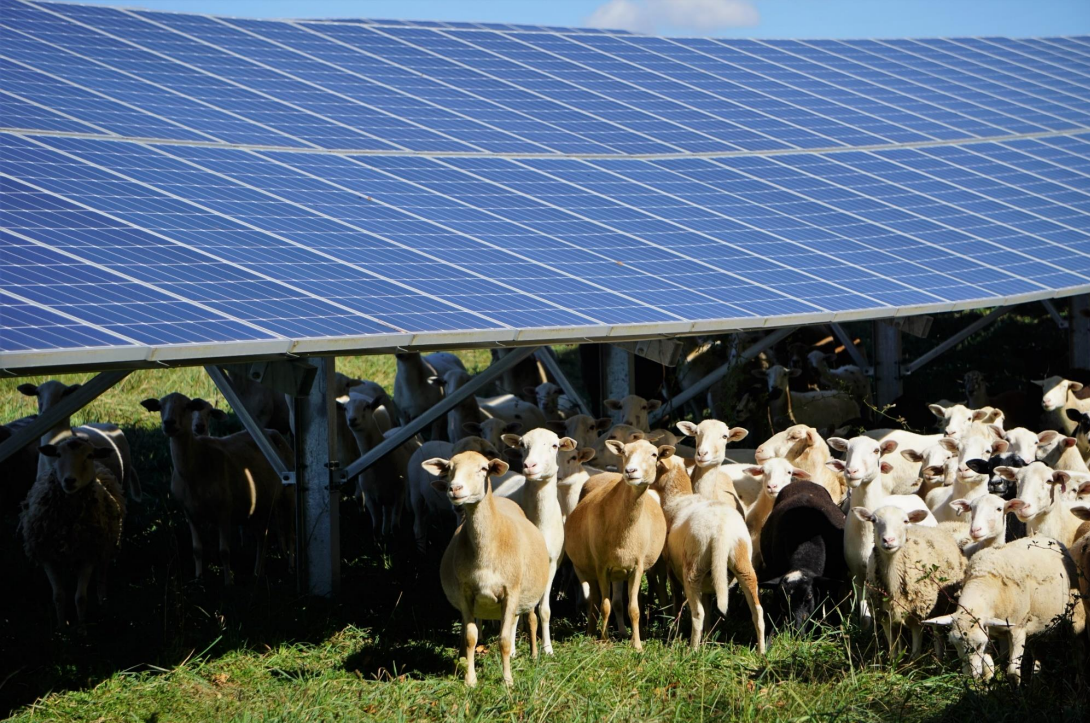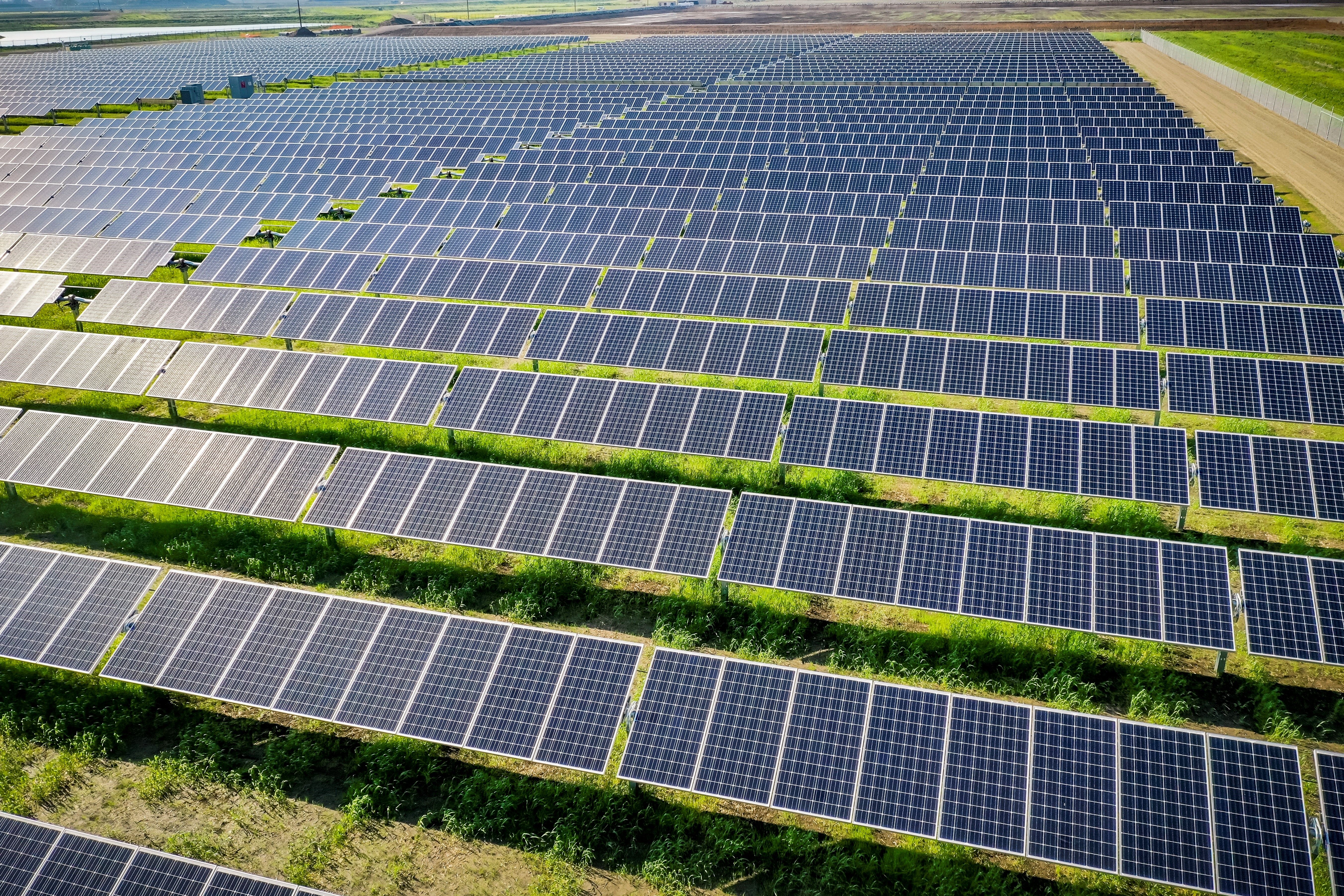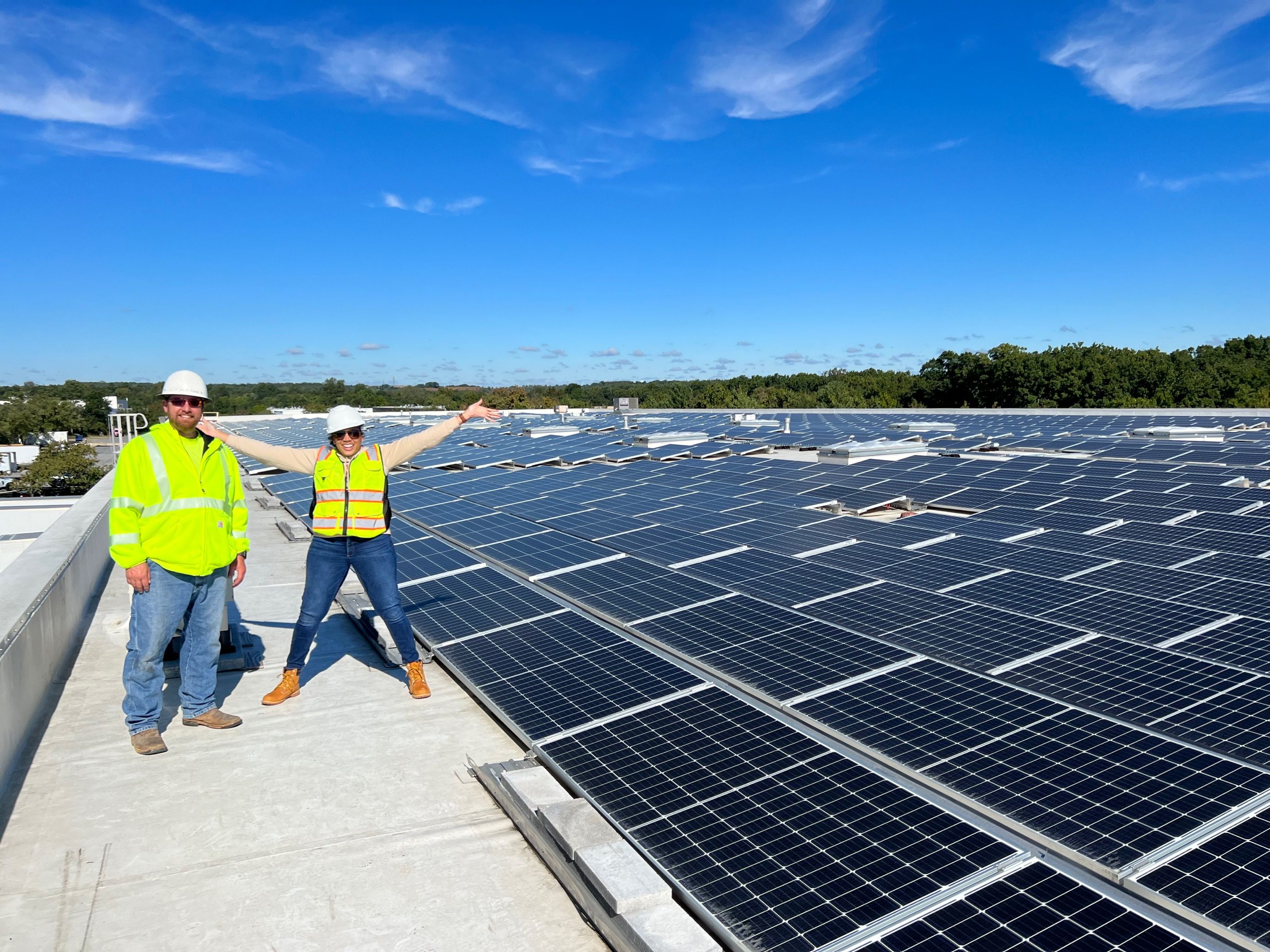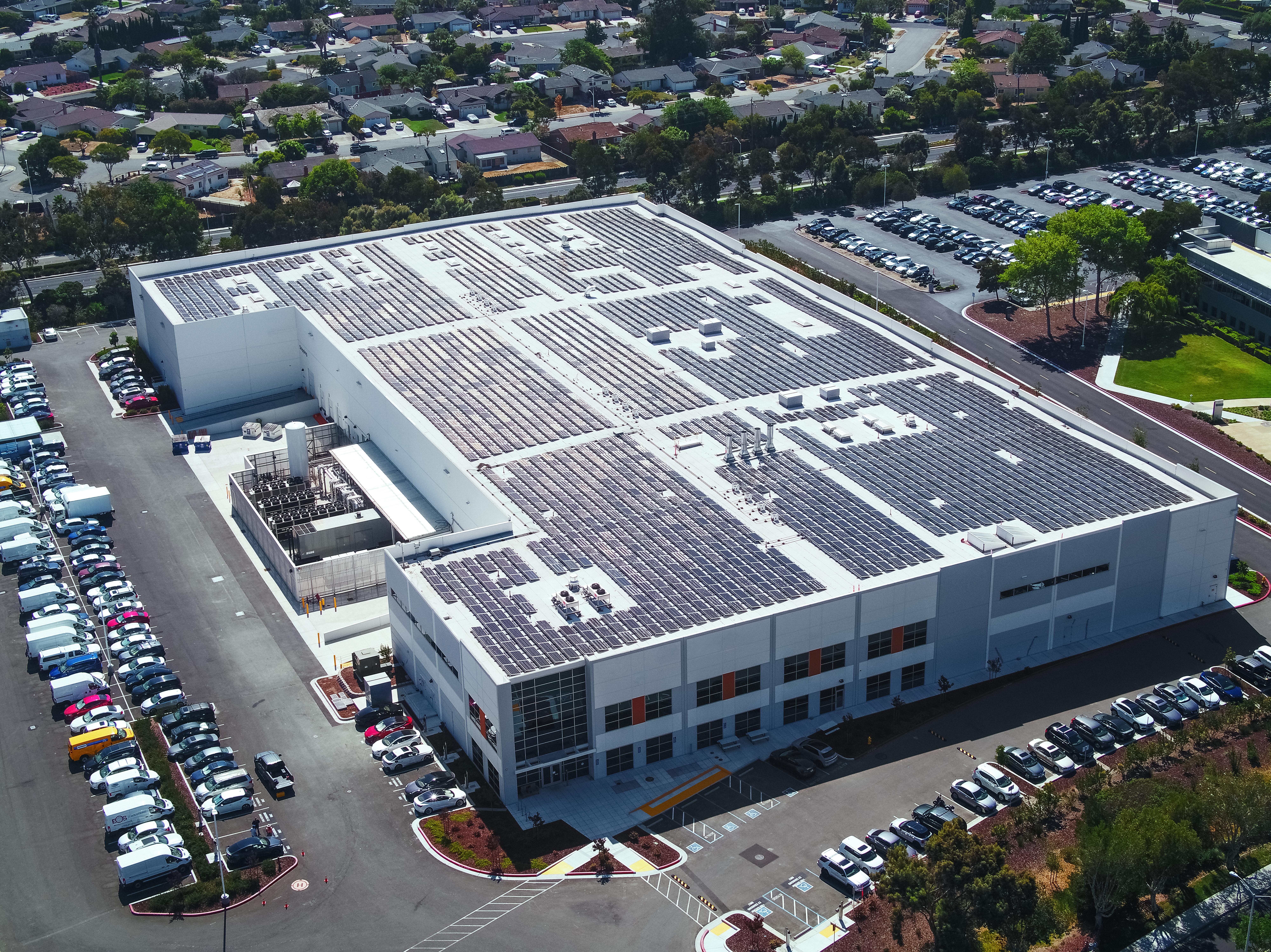Posted on Mar 09 2023 | White Papers | Insights
Solar 101 Series - Scope Emissions & How to Reduce Them
What are Scope Emissions, and how can Onyx help you reduce them? Introduction Did you know? Recent studies show that increasingly, consumers are willing to pay more for products from companies and brands that actively implement clean energy initiatives in their daily operations. For example, a consumer may be willing to pay more for a hotel stay if they know the hotel uses renewable energy sources and other ecological protocols. Understandably, these considerations now have significant implications on how businesses approach their branding strategies and market presence as they relate to sustainability. As stakeholders focus on real progress toward ESG goals and sustainability standards, it is becoming increasingly important for companies to reduce their greenhouse gas (GHG) emissions, also called scope emissions. What are Scope Emissions? GHGs and other pollutants are commonly classified as either Scope 1, 2 or 3 emissions. Scope 1 emissions are those that stem directly from one’s resources, such as onsite fuel used to power company-owned facilities, manufacturing equipment, vehicles, etc. One can think of these as direct emissions on site. Scope 2 emissions are indirect emissions from services purchased to run one’s facilities, such as those from power plants and traditional forms of electricity derived from fossil fuels. While emissions are not generated directly on site, they are indirectly released in the process of generating and transmitting energy from the power plant to the end facility. Scope 3 emissions are all other indirect emissions from one’s value and supply chain, which are not directly caused by one’s own company but do have pollutants associated with them (i.e., emissions generated in the process of manufacturing products or services purchased by a company). Onyx’s Clean Energy Solutions Directly Reduce Scope Emissions You have the ability to influence your scope emissions, and Onyx can help you reduce them by implementing solar + storage solutions that provide clean energy for your institution’s operations. Whereas companies have traditionally focused on reducing Scope 1 and 2 emissions – as they are typically considered the easiest to measure and control – Scope 3 emissions represent a significant portion of a company's carbon footprint and are now a major focal point for ESG-related improvement plans. Some states like California are even considering new guidelines that would require companies to audit and report on Scope 3 emissions from their upstream and downstream supply chains. With this in mind, Onyx can help you get ahead on reducing your scope emissions in a number of ways. By converting to solar + storage, organizations can reach emissions reduction goals in all three scope categories. When it comes to Scope 1 emissions, onsite solar allows for electrification of large-scale equipment (e.g., HVAC, manufacturing), reducing onsite emissions. Battery energy storage can also replace backup generators running on fossil fuels. As a note, when electrifying facilities, converting to renewables is crucial for truly reducing emissions vs. shifting to Scope 2. With Scope 2 emissions, replacing traditional energy provided by utility companies by installing solar generation technology onsite reduces emissions associated with power plants. Other solutions like community solar and remote net metering can also provide access to renewable energy when onsite solar is limited (e.g., due to space constraints). Lastly for Scope 3 emissions, converting your suppliers and service providers to renewables reduces emissions along the entire value chain. Energy efficiency measures undertaken by your vendors can also enhance your supply chain emissions profile. Onyx can help your suppliers and vendors do both. Conclusion Understanding Scope 1, 2, and 3 emissions is critical for companies that want to reduce their carbon footprint and improve their sustainability profile. Regardless of scope category, every organization has an important role to play in reducing emissions and transitioning to a more sustainable future.
By working with Onyx to implement solar + storage solutions for your institution, you can reduce your scope emissions significantly, advancing progress toward ESG goals for your stakeholders.
Get in touch with us to learn more about how we can ensure the highest level of scope emissions reduction and decarbonization for your organization today!





